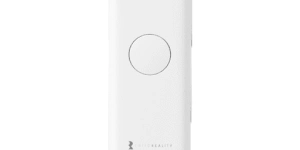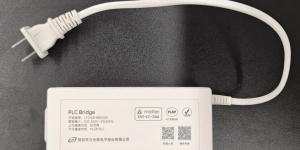The atmosphere was electric at the HKTDC Hong Kong International Lighting Fair (Autumn Edition), a showcase where manufacturers of smart lighting and connected appliances converge. Among discussions of future product lines and global market strategies, the spotlight turned to the single most disruptive force in smart home standard: Matter.
The Connectivity Standards Alliance Member Group China (CMGC) seized this pivotal moment to host a compelling panel discussion titled, “Smart Life: Beginning with Connected Eco-system.” The session, moderated by Ms. Laura Shang, China Regional Representative of CSA, brought together the general managers and CTOs of enterprises that are not just observing Matter, but are actively developing and deploying Matter-certified devices. This forum provides invaluable insight into why these leaders are investing and how they are implementing the unified standard.
Participants:
-
Yong Zhu (Leaguer MicroElectronics, CTO): A Power Line Communication (PLC) chip design company. They joined Matter to drive large-scale integration, intelligence, and an open ecosystem, believing it’s the only standard that can solve platform interconnection problems. The company adopted the bridge method to access Matter.

-
Jerry Liu (BroadLink, CEO): A smart home solution provider. Initially hesitant, they are now actively embracing Matter after observing ecosystem dedication and a “very smooth” cross-platform experience, even with the “most closed Apple system.” His strategy centers on a “Super Bridge” for mapping existing products and using IR/RF forwarding to bring older appliances into the ecosystem.
-
William Wang (Zemismart, CEO): CEO of a smart home startup. They adopted Matter early to “lower the barrier to entry” and access large brands like Apple and Google, believing Matter “has already prepared for the future” and that its gradual evolution makes it “more stable and healthy.”
-
Zhang Zhen (ThirdReality, CTO): A startup currently focused on the Zigbee ecosystem. The company is transitioning to Matter as a “relatively unified standard,” primarily using the bridge method to connect its existing Zigbee products.
The text below is translated from Chinese, condensed, and edited for clarity.
Implementation strategy: Bridge vs Native
Q: What were the considerations behind your choice, or how do you recommend partners adopt the Matter standard?
Zhang Zhen (ThirdReality, CTO): When deciding on new products and protocols, we prioritize accumulation in tech stack, market feedback, and product form. Since 80-90% or more of our revenue comes from Zigbee, we still primarily develop using the Zigbee protocol.
-
Bridging: We use bridging with two combinations: a cheaper option using Bouffalo Lab chips (connecting Zigbee to WiFi, then into Matter) and a more powerful option using Home Assistant.
-
Native: We plan to try native Matter devices, specifically choosing Thread directly for products that are battery-powered and require consideration for power consumption.
William Wang (Zemismart, CEO, below): We started early and have a comprehensive product line, having implemented and iterated on the Zigbee Matter bridge.
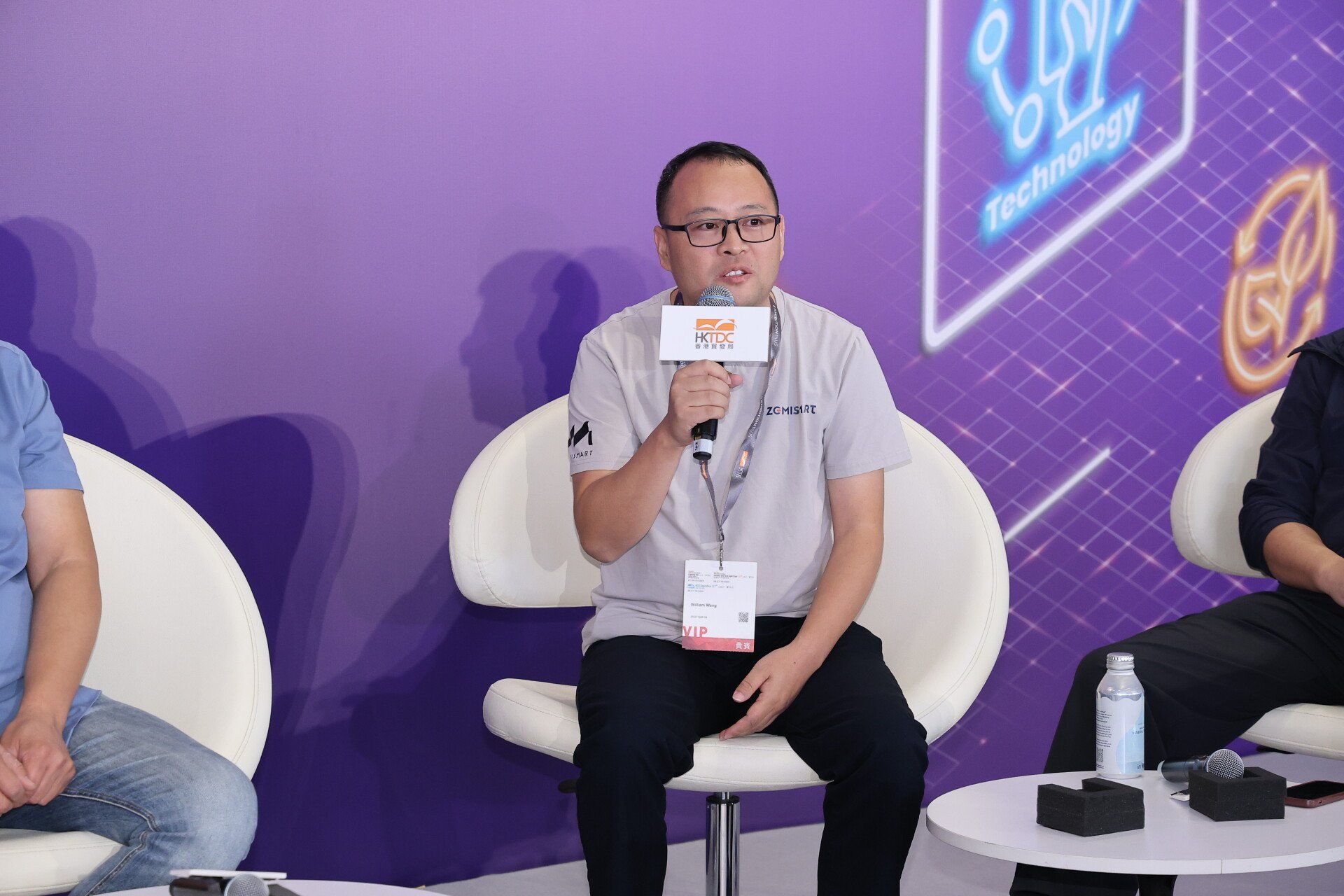
We also offer single products: Matter over WiFi and Matter over Thread. Our choices are scenario-based:
-
Bridging: For whole-house solutions, customers use our gateway or bridge to connect Zigbee devices.
-
Matter over WiFi: For single-item purchases across different brands (e.g., curtains, switches, and lights).
-
Matter over Thread: We are currently focusing on Matter over Thread for low-power consumption products like battery-powered curtains or sensors. We believe Thread has great prospects because Apple and Google have released compatible hardware.
Jerry Liu (BroadLink, CEO): We offer both bridging and native Matter solutions. My suggestion is:
-
Bridging: If a company already has a complete system developed over many years, bridging is definitely the easiest approach because it avoids the heavy task of redeveloping and certifying all existing products. Bridging is also effective for low-cost items, like light bulbs, which can be sold in a set with a low-cost bridge.
-
Native: If the product is a large appliance or a high-value product like [an] air conditioner, making it a native Matter product is ideal.
Yong Zhu (Leaguer MicroElectronics, CTO): As a chip company focused on the PlC technology ecosystem (with hundreds of partners and SKUs), we prioritize user experience.
-
Bridging rationale: Matter is a new thing for partners, so they need time to accept it, and they must first experience it. We use bridging first to ensure the product connects well to Matter so that partners do not need to invest in R&D and can immediately experience the benefits.
-
Technical view: Technically, direct connection is definitely the most efficient because fewer links simplify the process; if there are too many connections, the link becomes unreliable. However, the issue is the initial investment required for direct connection; customers will only invest if they have a good experience.
Promotion and successful cases
Q: From the perspective of promoting Matter, what key points should we highlight when introducing Matter to retailers, buyers, or users that will better resonate with consumers? Please share any successful stories.
Yong Zhu (Leaguer MicroElectronics, CTO): The key highlight is the power of choice returning to the consumer. As a consumer, I don’t want to be restricted. I want to be able to use an Apple phone today but a Samsung TV tomorrow, and have the devices work together. Matter represents the opportunity for the ultimate consumer choice.
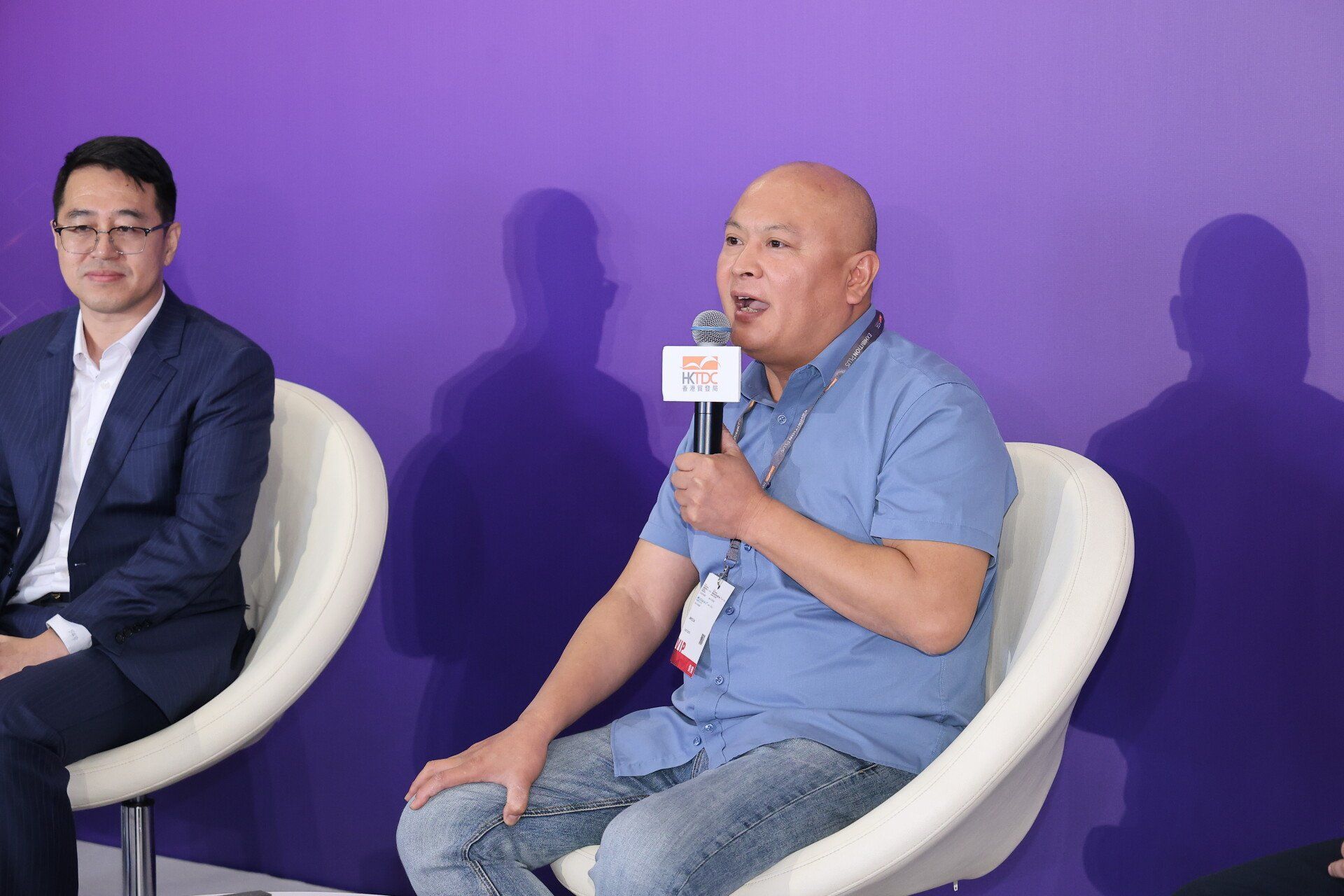
Jerry Liu (BroadLink, CEO, above): The greatest promotional point must be cross-platform compatibility. For example, a user might use an Apple phone but an Alexa speaker at home (Alexa speakers sell more than Apple speakers), and Matter allows for a seamless experience in this mixed environment. To those who were waiting, I suggest that now is the time to adopt Matter.
We suggest using the Matter angle to promote products like our IR Blaster (infrared forwarding smart product), which transforms traditional home appliances (like old air conditioners) into Matter-compatible ones. This helps users quickly experience Matter’s advantages.
William Wang (Zemismart, CEO): Matter increases consumer choice in the following key ways:
Consumers can choose different ecosystems, confident that everything will be compatible (e.g., they don’t have to buy Amazon-partnered products for Amazon).
Matter allows every company to focus on developing only a few types of products, enabling the consumer to choose the optimal product rather than being restricted by a single ecosystem.
Since Matter is standardized, consumers don’t have to worry about the product becoming obsolete later. It can add features through OTA (Over-The-Air) updates.
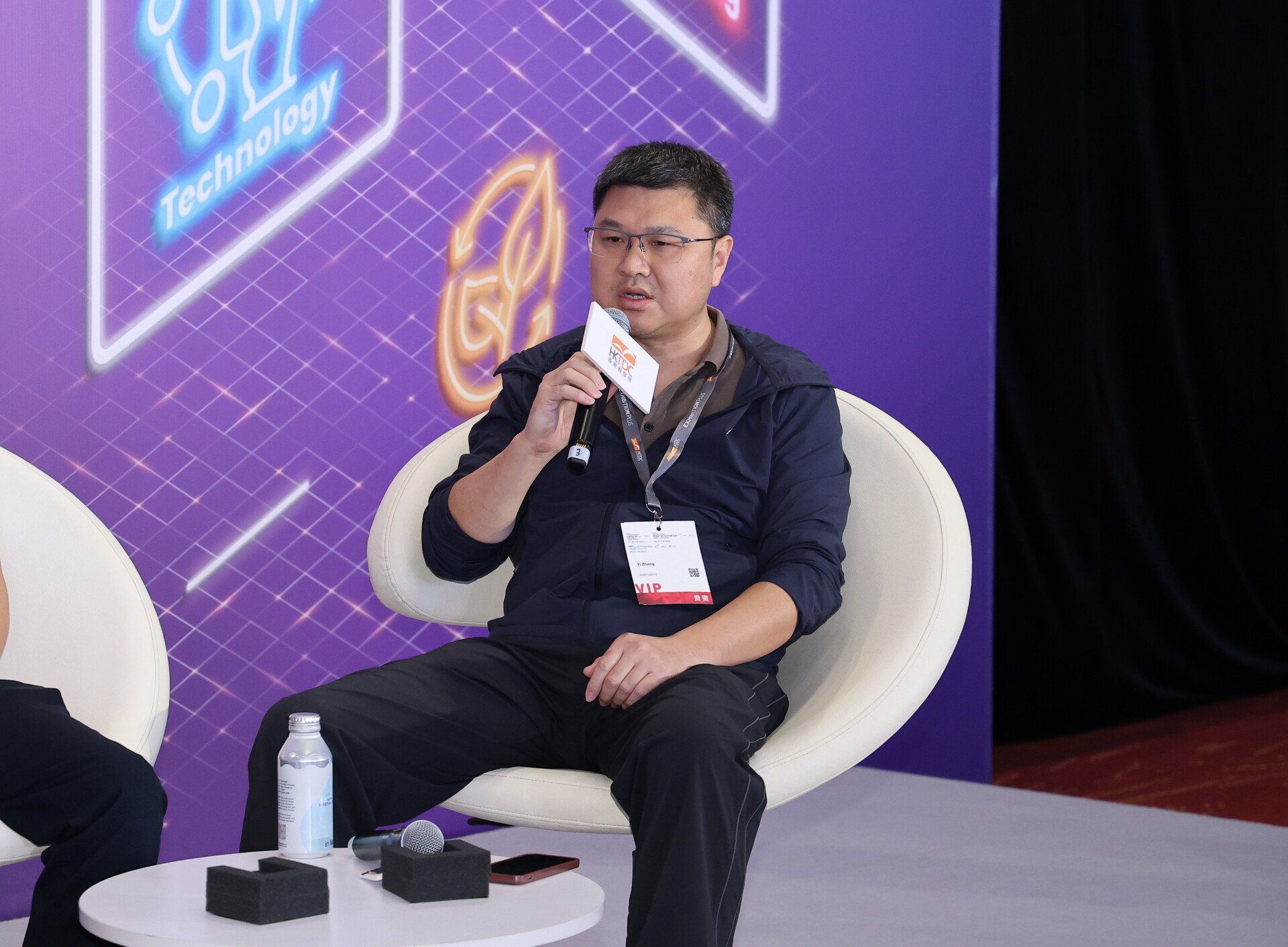
Zhang Zhen (ThirdReality, CTO, above): I believe that product universality is critical for Matter promotion. We previously encountered cases where customers bought a Zigbee product they liked but couldn’t use it at home because they had a Google speaker, meaning it was incompatible. Matter, as a unified protocol, solves this. Based on our internal analysis, we believe the future Matter market would be at least ten times the size of our current Zigbee market.
So from this perspective, Matter is still the way to go.
(Image Source: HKTDC)




